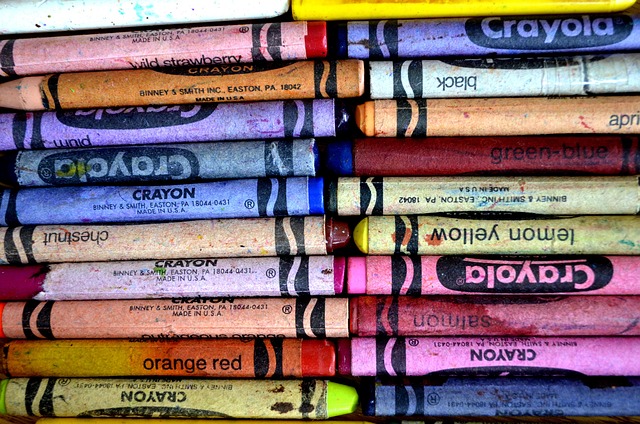
August 10, 2024| Community, Environment
By: Holly Odgers
August is Water Quality Month, making it the perfect time to reflect on the vital importance of our water resources and the actions we can take to protect them. Water is not only essential for our survival but also for the health of our ecosystems and communities. By being conscious of our daily habits and making informed choices, we can collectively take meaningful steps to preserve the water quality of our lake. Below are five simple yet impactful actions you can take to help protect Lake Hopatcong's water quality:
Washing your car in your driveway might seem convenient, but it can have detrimental effects on local water sources. The soap, grime, and oils from your car can wash into storm drains and eventually end up in the lake. Washing on your lawn is preferable to washing on your driveway or in the road, however, commercial car washes are required to treat and properly dispose of wastewater, making them a much more environmentally friendly option. Plus, many car washes recycle water, further reducing water waste.
Pet waste left on the ground can wash into storm drains during rainstorms, carrying harmful bacteria and nutrients into Lake Hopatcong. These pollutants can contribute to waterborne illnesses and negatively impact aquatic life. Always carry a bag with you when walking your dog and dispose of pet waste properly. It’s a small step that makes a big difference.
Phosphorus is a common ingredient in many fertilizers, but it can cause serious water quality issues when it runs off into Lake Hopatcong. Excess phosphorus promotes weed growth and algae blooms, which deplete oxygen in the water and harm aquatic life. Look for phosphorus-free fertilizers or, better yet, use compost and other natural soil enhancers to keep your garden healthy without harming the lake.
A properly maintained septic system can prevent contaminants from leaking into groundwater and nearby waterways, including Lake Hopatcong. Regularly inspect your septic system, pump the tank every 3-5 years (follow your local ordinances), and avoid flushing non-biodegradable items down the toilet. Proper septic care not only protects your home but also helps maintain the quality of our lake’s water.
Rain gardens are designed to absorb and filter rainwater runoff from roofs, driveways, and other hard surfaces. By planting a rain garden, you can reduce the amount of runoff that enters storm drains and improve water infiltration into the soil. Choose native plants suited to the local climate and soil conditions to create a beautiful, functional garden that supports water quality and biodiversity.
If you live on the lakefront, consider planting a native shoreline buffer. These buffers consist of native plants that grow along the water’s edge, helping to prevent erosion, filter pollutants, and provide habitat for wildlife. Native shoreline buffers also deter geese, enhance the natural beauty of your property, and contribute to the overall health of Lake Hopatcong's ecosystem.
By incorporating these simple practices into your daily routine, you can help protect and preserve the quality of water in Lake Hopatcong. Every small action counts, and together, we can make a significant impact on our environment.
For more simple ways to protect our lake, check out our Lake-Friendly Living Guide!

November 14, 2025
Community, Environment

November 13, 2025
Environment, Events

November 13, 2025
People